How To Use Sound In Filmmaking To Heighten Emotions? -
With the introduction of sound in filmmaking, cinema has never been the same. Sounhas enhanced filmmaking, and it is now one of the most important artistic features used by many filmmakers.
Sound has played an important role in any memorable movie scene you can remember. These unique movies would have been as effective if they were made in the silent film era. There are multiple creative ways to use sound in a film, and one of the most important ways you can use this feature is to heighten emotions.
If you are working on your latest film project and want to know how to use sound in filmmaking effectively, read through our guide and learn the powerful ways to use sound.
Let’s begin!
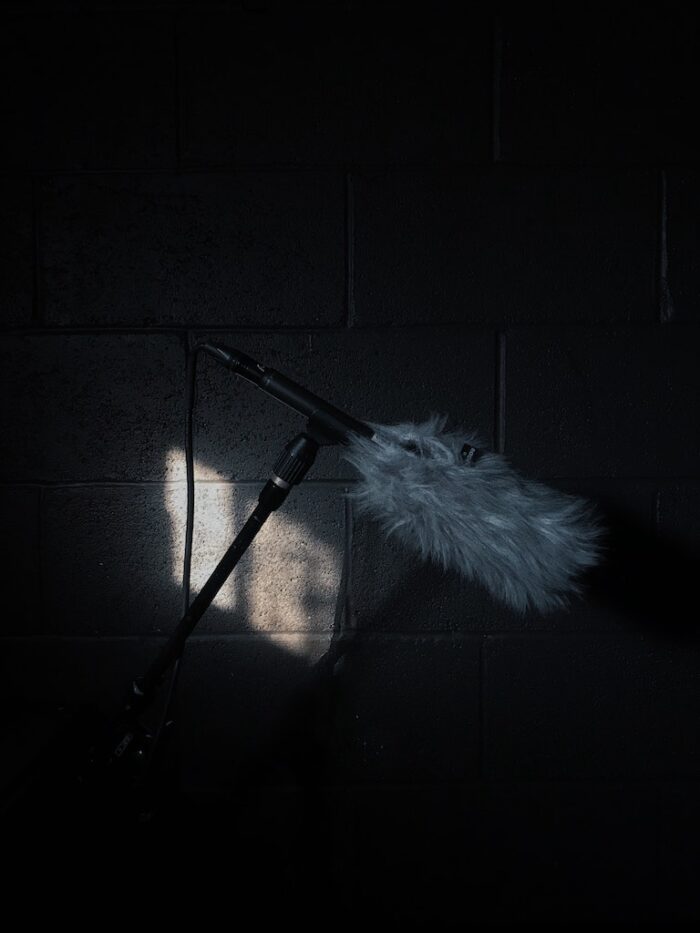
How does sound enhance filmmaking?
A good movie is more than just acting. From movie posters and cinematography to camera angles, every aspect of a film’s production plays an important role. A good movie will use multiple design elements to create a cinematic experience that is unique and memorable.
Many filmmakers use sound to create movie moments that stick with the audience for a long time. Look at the Lion King (1994). Whenever mentioned, everyone almost always remembers Simba’s birth.
Carmen Twillie, Lebo M. - Circle Of Life (Official Video from "The Lion King")
This scene is considered iconic because of the song The Circle of Life. With the help of the music, directors Rob Minkoff and Roger Allers were able to create an extraordinary scene replicated many times since the film's release.
Music is just one way to use sound in filmmaking. Many directors create unique sound effects for their movies. George Lucas’ iconic Star Wars franchise introduced the lightsaber sound effect.
Lightsaber Sound Effect HQ - HD.
This sound effect is one of the most memorable parts of the film, and wherever someone recreates a scene from Stars Wars, you can always hear them mimic this sound.
Sound is not merely a background noise tool. When it comes to emotions, sound works just like color. Filmmakers perfectly craft every single note to trigger a feeling in the audience.
Whether it's music accompanying a congratulatory scene or a suspenseful sound, all these sounds profoundly affect the finished film and how the audiences interact with it.
How to use sound in filmmaking to heighten emotions
Now that you know how important sound is to films, let’s look at ways you can use this medium to boost feelings in your movies.
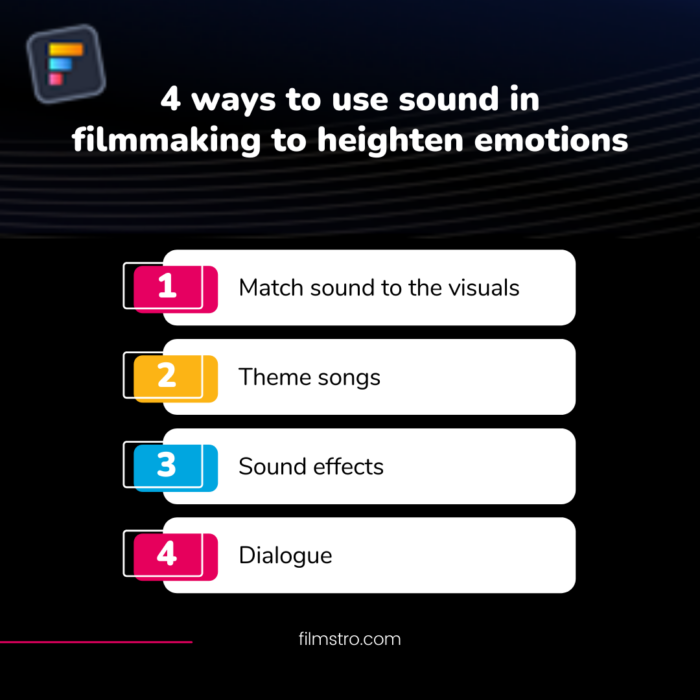
1. Match sound to the visuals
Matching your sound to the visuals is one of the most fundamental parts of adding sound to a film. To fit your aural to the visual, you can pick a composition that reflects the scene's tone. This method is also the best way to use sound to create a feeling.
Has your character achieved something after a long struggle? Are you working towards a significant goal? Make your sound reflect this mood by adding a piece of high-powered music with a major finish to reflect your character’s achievement.
In Rocky (1976), John G. Avildsen created one of the most inspiring scenes in film history with the help of sound. The music connects the audience with Rocky, and they want him to succeed. In this scene, we see Rocky working hard to get into shape and represent his country.
Rocky (8/10) Movie CLIP - Training Montage (1976) HD
Avilsen used the right kind of music to evoke this emotional response in the viewers. People watching this feel affected by the sound and cheer for Rocking to win his championship match.
This film is a great example of making a familiar scene iconic with the help of sound. If the director had used a melancholy sound, the audience would have had difficulty connecting with the character. Therefore it is important to use sound that fits with the visual.
2. Theme songs
Theme songs are one of the most popular methods of creating a unique sound in filmmaking. The purpose of a theme song is to create something special for that film, and the theme song holds just as much meaning as the film.
Many filmmakers use theme songs to highlight a character or the film itself. You will often hear a theme song when a character is introduced or when the director wants you to focus on a character. This music becomes a symbol of the movie, and it is usually played multiple times throughout the run of the film.
These songs often build anticipation of excitement in the audience. For example, the theme song for Mission Impossible (1996) tells the film's story. Every note and element in the theme song fits the movie's plot.
Mission Impossible Theme(full theme)
MI’s theme song fits the visual of the film and creates an emotion in the audience. Every time the audience is focused on the characters and anticipates the action. This combination makes it a memorable cinematic experience.
You can use Theme songs to trigger a heart-warming or touching emotion. In Titanic (1997), James Cameron used Celine Dion’s My Heart Will Go On to create one of cinematic history's most moving and emotional moments.
Titanic 3D | "I'm flying" | Official Clip HD
This power ballad fits perfectly with the plot and makes the audience feel connected to the lovers played on-screen by Leonardo DiCaprio and Kate Winslet. The music is first used in the film when the two-character start falling for each other, making the film’s ending even more tragic for the audience. This use of the theme song is a great way to create an emotional response in the audience.
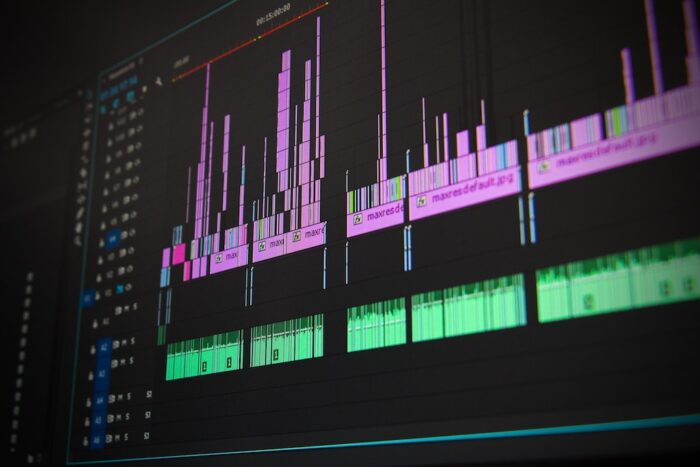
3. Sound effects
Are a great way of creating heightened emotions in your film. Sound effects are simple, like a simple feature, but they can significantly impact your movie. Even the smallest sound effect can make a major difference in a world filled with sounds.
Imagine being home alone and hearing a loud sound; this sound effect will startle you and make you nervous. Sound effects are used similarly in films, and their addition helps create an emotional response in the audience.
Many filmmakers use common sound effects and enhance them to create something unique and fit the scene's tone. For example, Marco Beltrami, the composer for the iconic film franchise Scream, used late 19th century and early 20th-century ring tones and doorbells to create frightening sound effects.
Beltrami heightened the sound of these effects to create a sharp sound that startles the audience. Through this effect, the sound was able to mimic the tone of the horror film.
In Jurassic Park (1993), sound designer Gary Rydstrom was tasked with creating a sound that no one had ever heard before - dinosaurs. Since dinosaurs haven’t been in existence for 65 million years, Rydstrom took inspiration from living creatures to create one of the most pivotal sound effects in the film.
Jurassic Park (1993) - Welcome to Jurassic Park Scene (1/10) | Movieclips
Rydstrom manipulated sounds from various animals to create a distinctive sound for the dinosaurs. Hoots from geese made a sound for brachiosaurus while a dolphin shriek and walrus snarl became a velociraptor’s bark.
Rydstrom used his terrier dog, Buster’s bark, for the ferocious roar of the tyrannosaurus rex. Many critics lauded Rydstrom’s unique way of creating sound, and he went on to win multiple sound-related awards for Jurassic Park.
These examples show how you can take ordinary sounds to create a distinctive sound effect that enhances your film.
4. Dialogue
Dialogue might not seem the most obvious choice for sound-related effects, but it plays a significant role in your film. After all, dialogue is also a form of sound, and filmmakers can use this to create an emotional response in their audiences.
A film’s dialogue is one of the most powerful creative tools, and it is used to set the tone of a movie. You can introduce a character with dialogue, get them hooked to the plot or even give them a glimpse into another state of mind. There are multiple ways to manipulate dialogue to fit the mood of your story.
The way characters speak to each other makes a big difference in the feeling of the story. It’s not just about what the characters are saying but also how they are saying it.
In The Godfather (1972), the dialogue for Vito Corleone’s introduction makes a lasting impact on the audience.
The Godfather I Opening scene HD
After Corleone learns about his daughter’s situation, the audience expects him to show sympathy or anger, but Marlon Brando creates a different tone for the scene. The audience immediately understands that his character is other, which hooks them into the plot.
Without Brando’s excellent delivery and manner of speech, this dialogue wouldn’t have had its impact. The way Brando delivered his lines makes this scene iconic, and it is a great example of how you can use dialogue to heighten emotions in filmmaking.
Final Takeaway
Sound is one of the most important creative aspects of a film. Sound enhances your story and makes a scene memorable for the audience.
There are multiple ways to use sound in filmmaking; the key is to know which sound works best for your project and what techniques you can use to create something unique.
If you liked this article, you should also check out Things To Know About Audio Editing
We hope you enjoyed this article and don’t miss out on any of our other blogs!
Sign up to Filmstro and follow us on Twitter, Facebook and subscribe to our Youtube channel.
You can also check out some of our amazing royalty-free music today by clicking here.


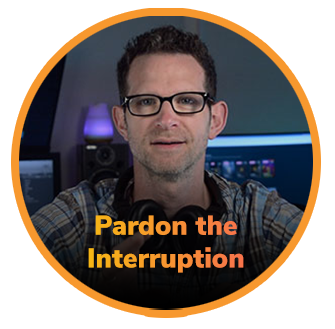
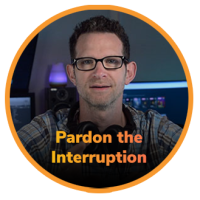


 Continue with Google
Continue with Google